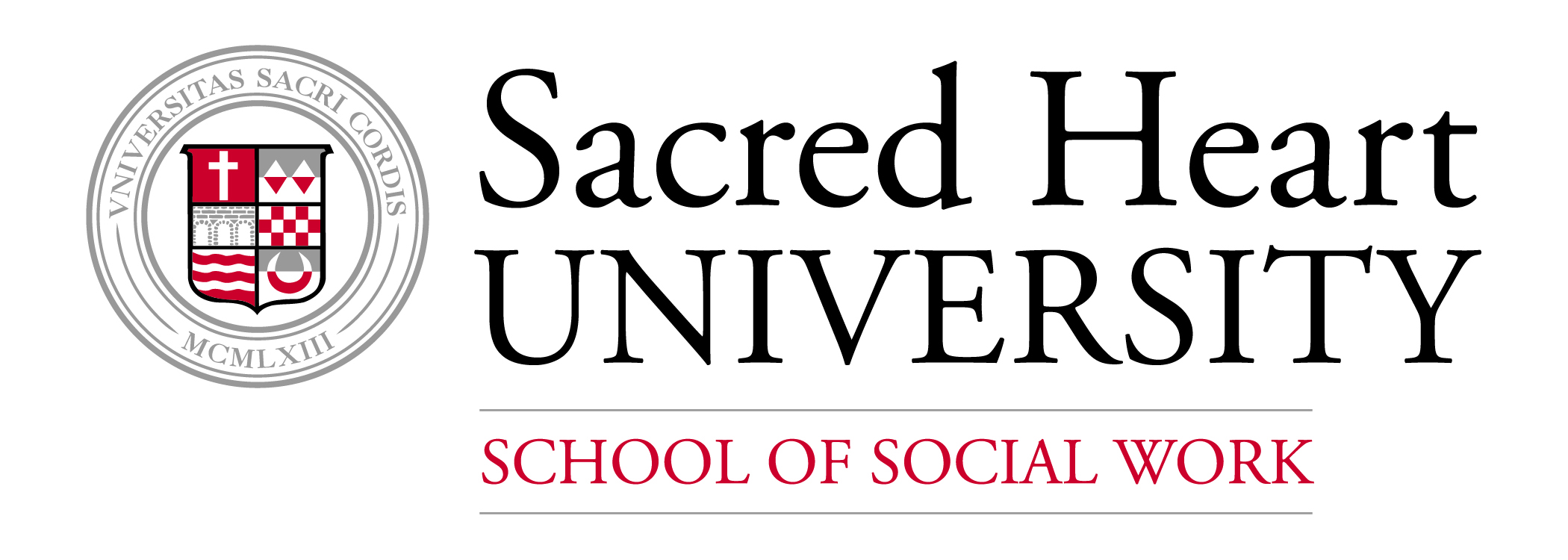Document Type
Peer-Reviewed Article
Publication Date
2018
Abstract
This article demonstrates how structural social work theory and critical consciousness development can be used to help facilitate a transition from a deficit model approach to an inequities perspective in a child welfare system that was working to improve the identification of and services for domestic minor sex trafficked youth (DMST). The response of Connecticut’s child welfare system to the issue of DMST is provided as an example of how a child welfare systems could apply an inequities perspective to a population involved in and at risk for exploitation. Structural social work theory helps illustrate how neo-liberalist social structures in the United States perpetuate and maintain social inequity based on race, gender, age, sexual orientation, and socio-economic status for youth at risk for DMST. Through critical consciousness development, youth can be recognized as victims of intersecting forms of oppression, rather than criminals. These theories can be combined to increase individual awareness of the risks and oppression of youth across the population, and to identify how child welfare services can be leveraged to decrease inequities and improve child well-being.
DOI
10.3390/socsci7080135
Recommended Citation
Werkmeister Rozas, L., Ostrander, J., & Feely, M. (2018). Inequalities in US child protection: The case of sex trafficked youth. Social Sciences, 7(8), 135. doi: 10.3390/socsci7080135
Included in
Inequality and Stratification Commons, Social Control, Law, Crime, and Deviance Commons, Social Work Commons



Comments
This article belongs to the Special Issue Child Protection and Social Inequality.